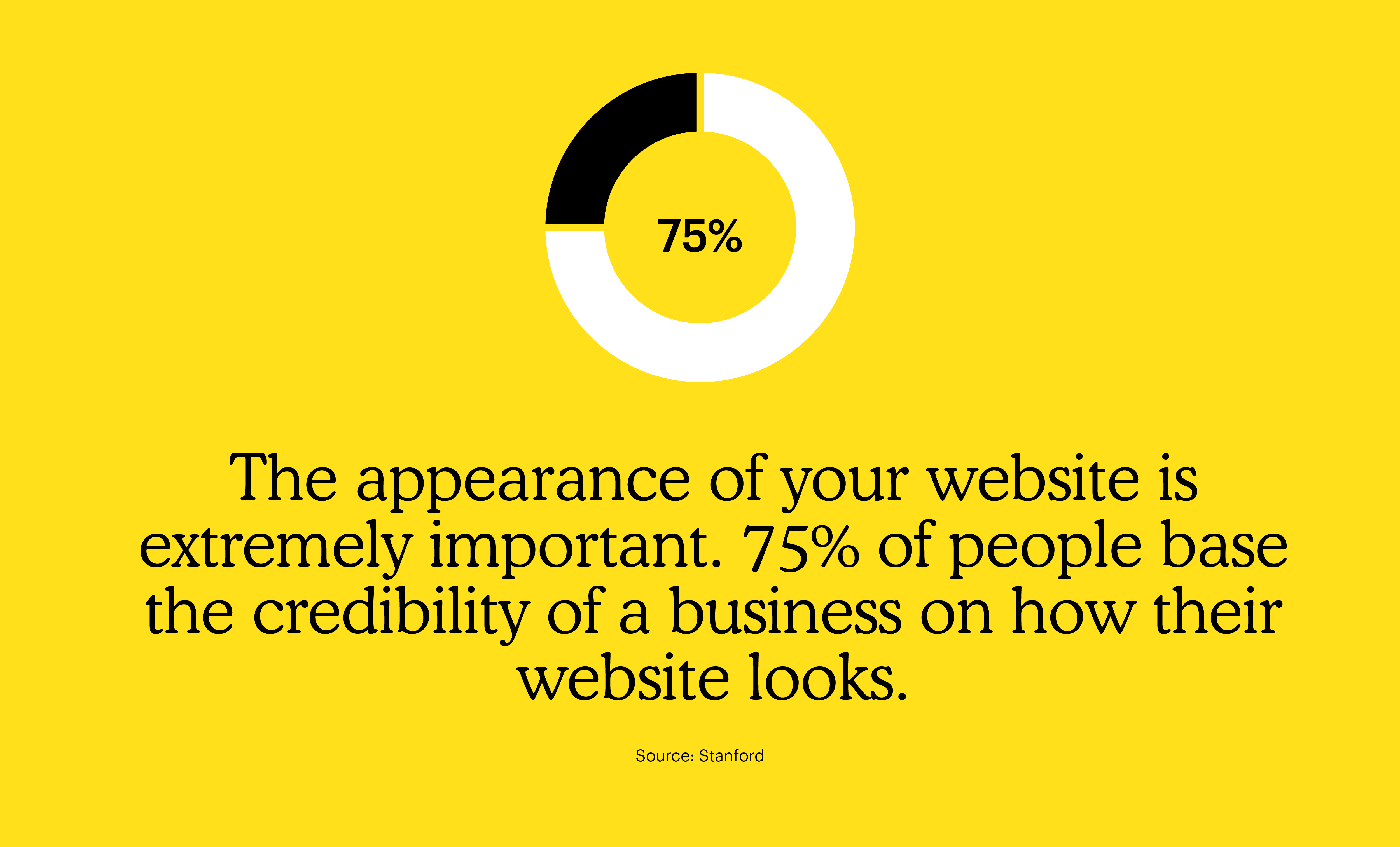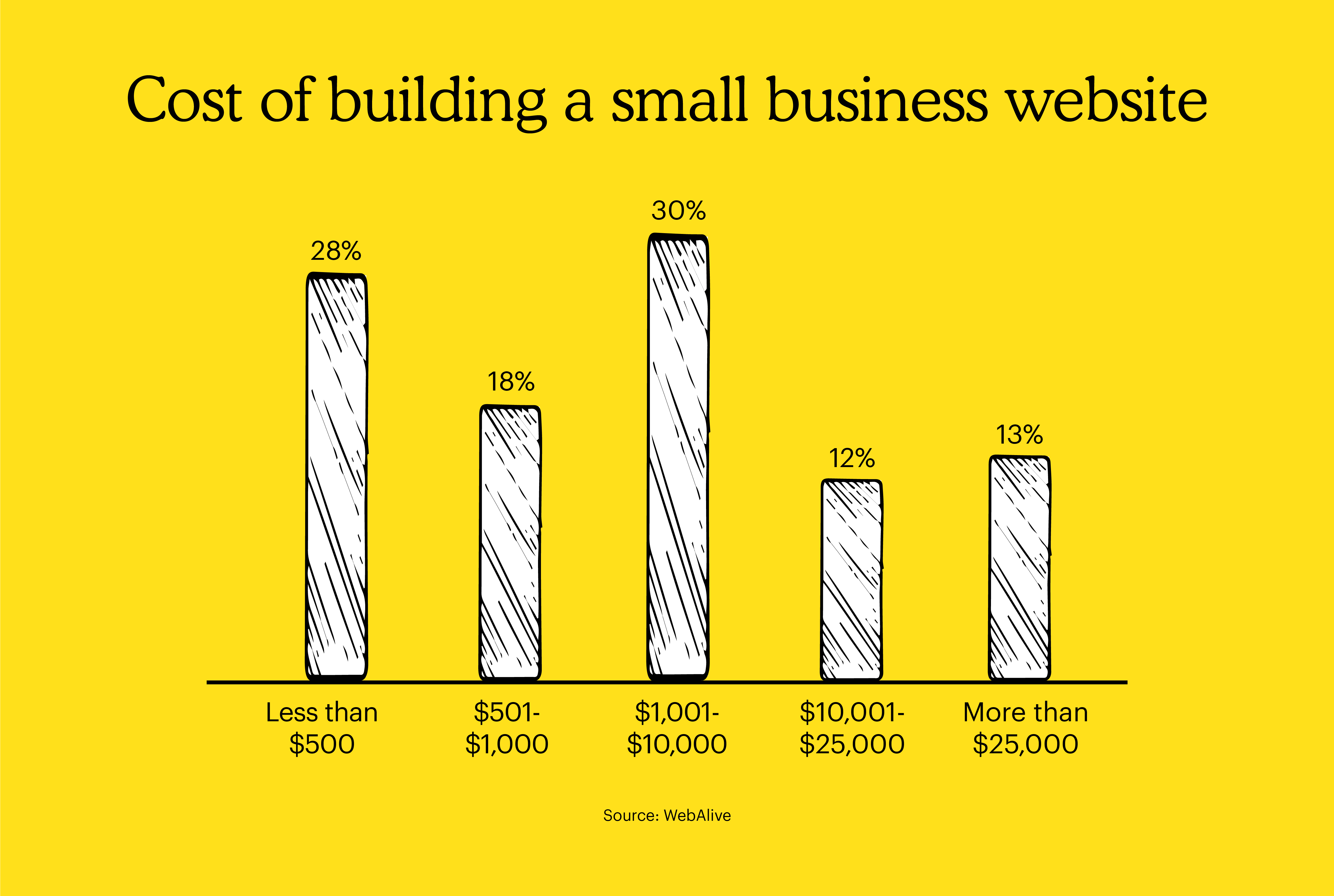Choose a website builder
To build a site from scratch, you'll want a website builder that takes care of all the technical aspects so you can focus on design and content. Here are some factors to consider:
- Is the website builder easy to use?
- How does it price its services?
- Does it offer themes and templates?
- Does it have a stock image library?
- How flexible is it in terms of web design?
- What features does it offer? (e.g., e-commerce, blogging, image galleries)
- Does it provide customer support?
- Are its websites optimized for mobile devices?
- Does it provide web hosting services?
A web creation platform like Wix, for instance, offers intuitive tools to help you launch a professional website in minutes so you can build your business presence online. Many website builders offer built-in marketing tools and key integrations like social media marketing or email marketing sends.
Pick a domain name
After choosing a website builder that suits your needs, it’s time to pick a domain name. A domain name is your business' address on the internet, so you want one that is short, simple, and relevant to your business and brand. Choosing a professional domain ensures a better first impression and stronger SEO signals.
Customize your website
With the logistics out of the way, you can begin building and customizing your website. The site-building platform you choose will determine the features available to you, but in many cases, you'll start by selecting a template and overall color scheme and then adjust it to fit the needs of your business. Some other web design elements to keep in mind include:
- Static pages
- Background
- Colors
- White space
- Contrast
- Fonts
- Text size
- Images
- Social media integration
- Search Bar
Adding a photo gallery or portfolio section can also enhance your visual storytelling and engage your audience more deeply.
Add your content
Once you've settled on your website's structure and look, you're ready to start adding content. Whether you're planning to create product pages for your online store or SEO-optimized blog posts, your content is crucial to its success.
It tells search engines, and in turn, your target audience, who you are as a business—and it can even position you as an authority in your industry. With high-quality content, you can build customer relationships, convert sales, and cultivate brand loyalty. This is an ongoing process, so take your time to curate the right content.
The content creation journey involves making strategic content decisions, ensuring content for accuracy, and optimizing for different content types like blogs, FAQs, or case studies.
A well-defined content strategy ensures your content creation process stays focused and supports content marketing goals. Regular content review is also essential to maintain a high-quality website that continues to perform well on search engines.
Test your website
Test your website for functionality, usability, compatibility, and performance. Make sure each page has working links, images, and forms. Review your website settings, navigation, and general appearance. Is it visually appealing and easy for users to understand?

Take a look at your website on mobile devices and different browsers, too. If the site doesn't load as expected—or you find something that needs to be optimized or adjusted—this is your opportunity to make the necessary changes.
Having analytics tools like Google Analytics installed from the beginning will help you track user behavior, detect traffic spikes, and optimize based on real data.
Launch your website
Finally, you are at the end of your website-building journey. Launch your website, collect analytics data, and iterate on your design and content to continue growing your business.
Using marketing tools like built-in SEO tools, email campaigns, and social media marketing will help drive initial traffic from various traffic sources.
Don't forget to base your future campaigns with email marketing to nurture your leads and retain your broader audience over time.
Build a professional website—no coding experience necessary
When you're ready to build a website, you need a platform that allows you to easily create, design, and publish a website for your needs, whether you’re opening an e-commerce store or starting a blog.
A web creation platform like Wix can help you establish your online business presence with intuitive tools that allow you to launch a professional website in minutes, regardless of your industry. And since it's easy to connect a Wix website to Mailchimp, you'll have everything you need to elevate your marketing with personalized, automated email campaigns that turn site visitors into customers.
Additionally, access to advanced SEO tools and built-in marketing features help your site grow faster. Monitoring your traffic sources through integrations like Google Search Console ensures you catch any potential issues early before they cause a bad experience for users.


